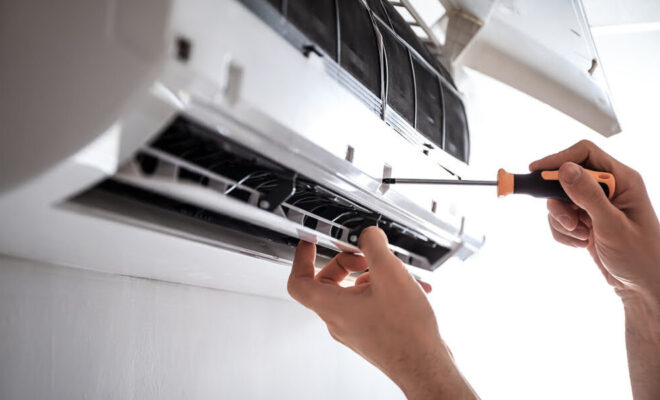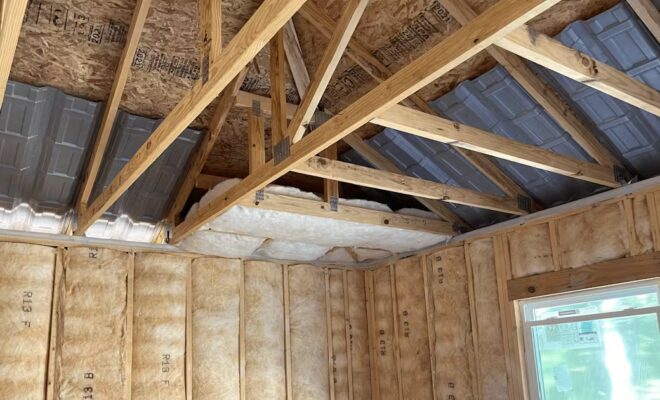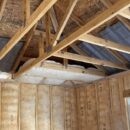Professional Cooling Services Optimize Commercial Buildings With Smart Energy-Saving Designs

Commercial buildings rely on structured cooling methods that support consistent performance across varied conditions. Every updated system contributes to smoother operation and clearer control adjustments through interconnected features. Performance assessments feel clearer as commercial air conditioning tweed heads strengthens each strategic cooling update. These combined elements help create efficient outcomes without disrupting overall building activity.
What Improves Cooling Efficiency Today?
Cooling efficiency improves through refined planning that guides balanced output across large interior spaces. Each system adjustment responds to specific operational demands shaped by building size and occupancy patterns.
Clear improvements appear once airflow pathways support reliable circulation with minimal fluctuation. This progression builds stronger predictability for managers overseeing complex commercial environments. It also reduces unnecessary strain on internal components, supporting smoother functioning through varied conditions.
Refined Systems Enhancing Commercial Flow
Well-structured cooling frameworks give commercial buildings steadier support and stronger control alignment. These frameworks help maintain predictable performance even as internal conditions shift.
Enhanced Duct Coordination
- Structured routing improves uniform airflow direction
- Lined pathways reduce unwanted output loss
- Balanced openings distribute cooling evenly
Adaptive Vent Panel Configuration
- Guided panel adjustments manage zone pressure
- Directional settings support smoother transitions
- Measured shifts help regulate surrounding areas
These combined refinements create stable responses across multiple sections, ensuring dependable output during long operational periods.
Why Do Buildings Need Smarter Cooling?
Buildings need smarter cooling because modern commercial spaces function with shifting occupancy patterns and equipment demands. Each updated feature supports steadier management, allowing operators to maintain clarity across varied usage conditions.
Strategic upgrades also improve temperature consistency throughout large internal sections.
This clarity helps teams identify patterns quickly and adjust controls without unnecessary delays.
Integrated Layouts Supporting Balanced Distribution
Efficient layouts support consistent distribution by aligning system placement with core structural patterns. A brief check of routing helps identify which areas require refined guidance before full operation begins.
Balanced airflow remains stable because commercial air conditioning tweed heads helps maintain consistent output across shifting structural sections. This steady behavior reduces uneven cooling and strengthens clarity when adjustments are needed.
Structured Vent Line Mapping
- Planned routes align with building pathways
- Strategic bends reduce internal resistance
- Weighted sections support smoother movement
Coordinated Zone Separation
- Divided areas maintain predictable circulation
- Directed channels prevent overlapping flows
- Clear boundaries allow easier adjustments
These elements collectively support improved functionality across multiple commercial areas.
Can Users Expect Noticeable Improvements?
Yes, users can expect noticeable improvements because refined cooling layouts respond more accurately to real-time conditions.
Clearer temperature patterns form as coordinated systems match interior demands without unpredictable shifts. This precision helps building teams manage expectations and maintain dependable comfort throughout active sections.
Optimized Designs Supporting Long-Term Performance
Long-term performance strengthens once commercial layouts receive intentional updates that align with evolving structural needs. Systems respond with steadier patterns because airflow distribution follows predictable routes shaped through planning.
These strengthened outcomes help commercial buildings maintain reliable comfort even as daily operations fluctuate across different hours. Smoother responses emerge naturally as structured elements continue supporting balanced circulation over extended periods.








